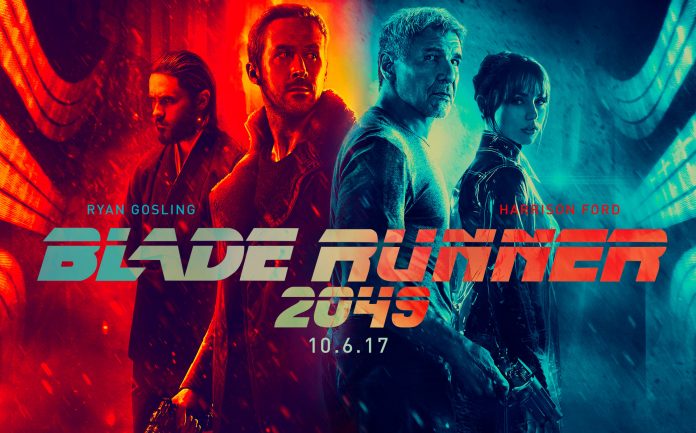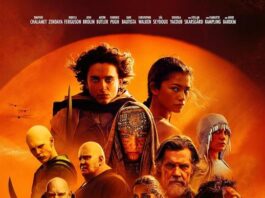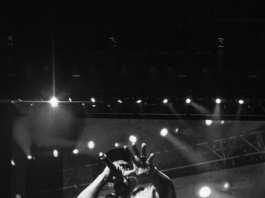Denis Villeneuve’s sequel to the 1982 sci-fi juggernaut Blade Runner is as grand as its predecessor. Aesthetically, viewers will find more of the original. Broad cityscapes portray a post-apocalyptic Los Angeles, riddled with garbage and inundated in smog. The replicants (bioengineered humans) of the previous film have gone from being used as slave labourers to further being integrated in the world as servants and low-level workers.
Ryan Gosling portrays the replicant “K,” a “blade runner” (hit-men tasked with hunting and killing replicants). As the film’s plot unfolds, K attempts to piece together an increasingly complicated conspiracy, which asks us to consider what it truly means to be human.
In a callback to the style of its predecessor, 2049’s plot doesn’t spell things out for the viewer. Scenes are set by sweeping shots which run through highly stylized environments — smog-filled cityscapes all but destroyed by pollution fill the frame. The film’s decidedly violent scenes are punctuated by longer, more patient scenes of conspiratorial brooding. As K tries to track down the whereabouts of a replicant freedom movement, his investigation forces him to consider the possibility that there is a darker, more sinister hand at work: a child as the result of a relationship between replicant Rachel, and Harrison Ford’s character in the 1982 original.
For all its brooding, 2049 manages to ask us updated versions of the questions the original did: what does it mean to be human in a time when replicants are so adept at mimicking human behaviour that they might as well be real? This central plot, which morphs into Rick Deckard’s (Harrison Ford) attempt to find his child, previously believed to be dead, hijacks the investigation aspect of the film. The change in focus gives viewers a reprieve from (in that they have time to consider) K’s investigation. Time is needed in the first place because, for the most part, 2049 doesn’t explain the investigation to the viewer by adding expository dialogue. We’re given the tools we need to understand when K has taken a step forward, and are expected to follow along accordingly.
Meanwhile, one of the most interesting questions the film asks rears its head innocuously. For companionship, K relies on his girlfriend Joi, an artificial intelligence product. Despite his role as a blade runner, and one who knows he is not human, K constantly demonstrates affection and love for K, a disembodied artificial intelligence he purchased some time back. Just as the original film, this iteration of Blade Runner questions the reality of our experiences, and although viewers might have to keep their wits about them as they take in the narrative, the film manages to be just as provocative as the original.
Insofar as acting is concerned, Harrison Ford’s late appearance in the film is underscored by a shift into a more relentless action-packed hour than otherwise indicated by the film’s set-up, but for all the fuss about the actor’s involvement in the film, it’s Ryan Gosling’s reserved performance that steals the show. That said, apart from aesthetic enjoyment, if you haven’t sought this film out already, odds are you can wait until it shows up on Netflix.




